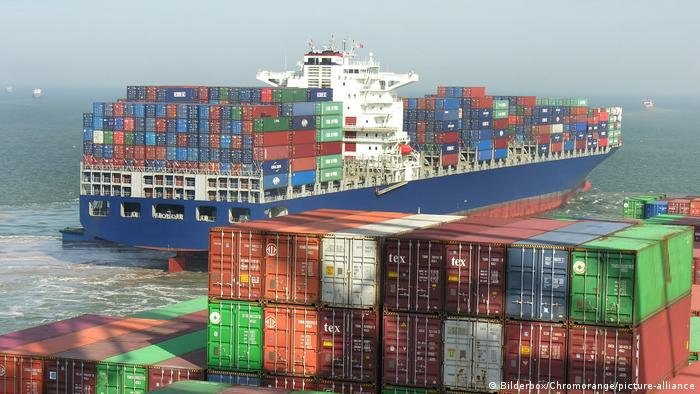International trade has been volatile in recent years. On the one hand, due to the impact of COVID-19 epidemic, geopolitical conflicts, inflation and other uncertain factors, external demand is always unstable, has not yet entered the stable recovery period after the epidemic, resulting in continuous pressure on the supply side, the decision to expand capacity is more cautious. On the other hand, the steady recovery of the Chinese economy and its vigorous resilience in the face of internal and external pressures have given businesses around the world greater confidence and provided a strong guarantee for international trade.
The market plays its role as an "invisible hand", guiding enterprises of all countries to conduct trade with China, and gradually forming a more robust supply chain network around China. In recent months, companies have become more active in international trade. In the first seven months of this year, the number of Chinese foreign trade enterprises with actual import and export performance reached 526,000, up 5.8 percent year on year. More and more enterprises take practical actions to participate in international trade, expand business markets and obtain a more stable and sustainable development environment.

Among China's trading partners, ASEAN, the European Union and the United States are the main three. In the first seven months, trade with these three countries accounted for 15.0 percent, 13.7 percent and 12.4 percent of China's total foreign trade, accounting for 41.1 percent in total. In the first seven months, China's import and export with the three countries increased by 13.2%, 8.9% and 11.8% respectively. Except for the EU, which was slightly lower than the overall growth rate of China's foreign trade, ASEAN and the US all provided effective support to China's foreign trade growth. The growth of trade between China and its major trading partners is not only an important reflection of bilateral economic and trade complementarity, but also creates conditions for the development of each other's comparative advantages through the relatively large size of their respective economies and mutual trust through long-term cooperation.
For large economies, international trade based on relatively stable environment and more certain rules will reduce the risk of uneven development or even stall speed, and help stabilize the global trade network. Take China-Us bilateral trade as an example. In the first seven months, the total value of trade between China and the United States was 2.93 trillion yuan, up 11.8 percent year on year. Among them, China's exports to the United States reached 2.25 trillion yuan, up 15.1 percent year on year. Even if the Biden administration still fails to cancel the tariffs on Chinese goods imposed during the Trump administration as promised, China's exports to the US are still basically maintaining a steady growth trend. A large number of high-quality and inexpensive Chinese goods meet the demand of American consumers, which has become one of the key factors for whether the US market can guarantee supply and stabilize prices.
It is worth noting that China has never deliberately pursued a larger trade volume in the process of promoting sustainable economic development, and the current global status of China's trade is the result of market choices. Market players, including a large number of foreign-funded enterprises, have benefited from China's strong manufacturing base, favorable factors and resources, and continued trade and investment facilitation measures. They have expanded their global supply chain networks based in China and formed their own development models. China, which has benefited from the transfer of international industries, does not intend to keep these industries in China forever through government intervention. While encouraging enterprises to explore the international market through investment and carry out international cooperation on production capacity, China also makes use of the original development space to explore and create newer and higher value-added trade activities.
The first seven months of China's foreign trade performance is not bad, this year after five months of foreign trade development is still expected. In addition to enterprises expanding exports by innovating ideas and models and exploring market segments, there is huge room for import growth. Expo, into the expo, "double a" elimination and consumption at the end of the season, and a series of platform and window of opportunity may be to show the world China's huge consumer market at the same time, to attract more foreign companies to put more resources into the Chinese market, by actively set up trade with China network to grasp the development opportunities in China, so as to promote China's imports increased. At the same time, as fossil fuel prices begin to recover from the conflict between Russia and Ukraine, fears of a recession could depress global energy prices and reduce the price impact on international trade.